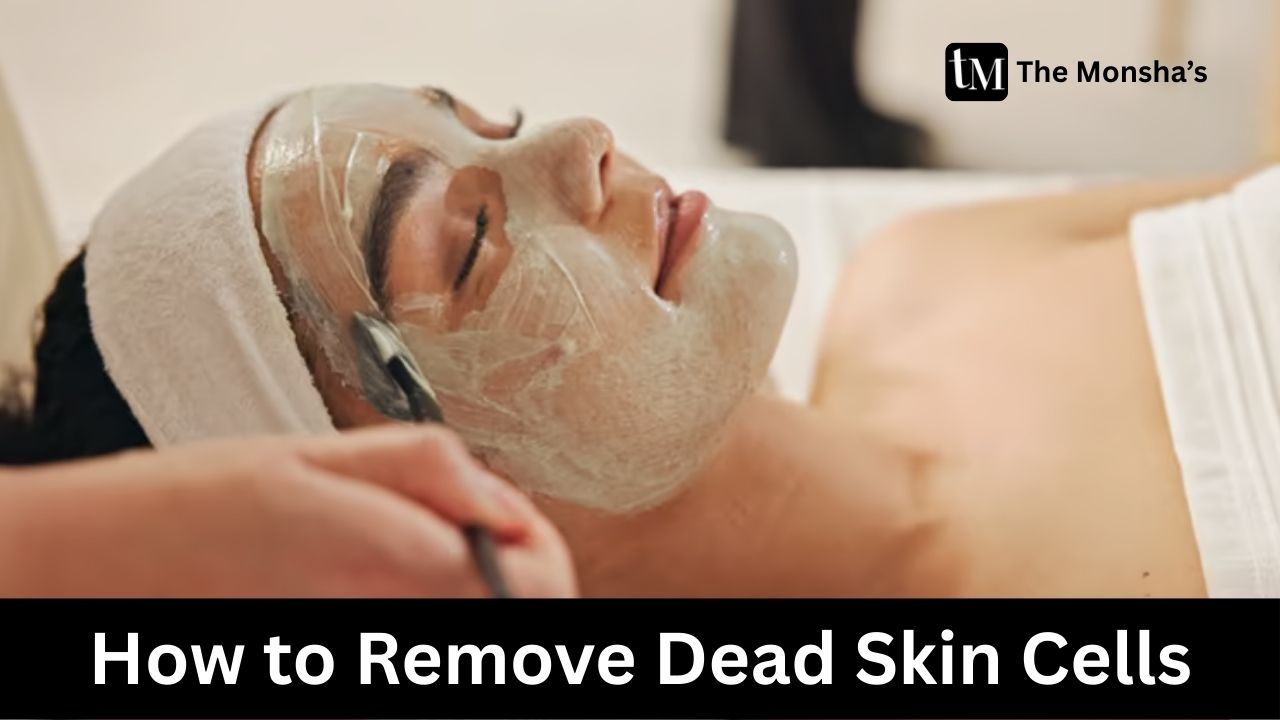
Dead skin cells are sneaky little things. You don’t see them piling up, but one day you wake up wondering why your skin looks grey, your makeup clings in patches, and your “glow serum” feels like it’s just sitting there. Been there, hated that.
I used to attack the problem with apricot scrubs in college (bad idea), then graduated to every “brightening” peel I could find (sometimes worse idea). Over the years — and a few irritated-skin breakdowns — I’ve learned there are smarter, kinder ways to deal with dead skin. Let me walk you through them.
Your skin naturally sheds every few weeks, but stress, age, pollution, and lazy skincare slow it down. That’s when you get:
Derms aren’t lying when they say gentle exfoliation makes skincare absorb better. Fresh skin actually drinks up products.
This is the most old-school method. Sugar scrubs, rice powders, cleansing brushes. You feel smooth instantly.
These are products with glycolic, lactic, mandelic, or salicylic acid. They dissolve the “glue” holding dead cells in place.
Clinical studies have shown that using low-strength acids regularly smooths texture and even reduces breakouts within a month. I’ve seen it myself — salicylic saved me from years of nose blackheads.
Think papaya or pumpkin masks. They use fruit enzymes to nibble away at dead skin.
Oatmeal paste, coffee scrub, honey — all classics. They can work, but don’t expect salon results.
Dermaplaning, chemical peels, HydraFacials.
Golden rule: if your skin stings or feels tight after, you’ve overdone it.

Dead skin removal isn’t about attacking your face — it’s about coaxing it to let go of what it doesn’t need. Do it gently, do it consistently, and you’ll notice skincare finally working the way it’s supposed to.
Think of it like spring-cleaning your skin. Don’t go at it daily like a maniac, but don’t ignore it either. The sweet spot is where the glow lives.